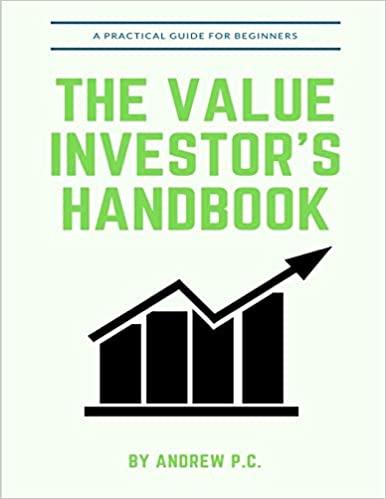Which of the following is not used in relative valuation comparisons? The relative value measure from past periods. The relative value measure for the industry under consideration. The relative value measure for a comparable firm. The relative value measure derived from the DCF model. Sometimes analysts use other ratios such as price-to-book or price-to-sales ratio. Which of the following is a weakness of the use of these ratios? Some companies are structured very differently, especially across industries. A price-to-book value less than one cannot be assessed. A high price-to-sales ratio cannot be assessed The price-to-sales ratio cannot be used for companies that report a net loss. ) for a company that has no preferred stock What additional adjustments) does she have to make to her calculated discounted Rita has calculated the discounted value of the free cash flows to the form (FC value to derive an estimate of the firm's stock price? Subtract the value of debt and divide by shares outstanding Add the value of debt and divide by shares outstanding Subtract the value of capital expenditures and divide by shares outstanding Divide by shares outstanding Which of the following descriptions of the pricelearnings ratio is the most accurate? Investors are generally more pessimistic about the prospects for high P/E stocks. Historically, the average P/E for the market as a whole has been approximately 10. Companies with high growth rates generally have higher P/E ratios. All else the same, investors prefer to purchase stocks with relatively high P/E ratios. Tanex Inc. has a return on assets (ROA) of 12%, a return on equity (ROE) of 15%, and a dividend payout ratio of 60%. Based on the sustainable growth formula, Tanex's estimated growth is Growth rate is 4.8% Growth rate is 6.0%. Growth rate is 7.2% Growth rate is 9.0% Which factor is least likely to explain why one company has a higher P/E ratio than another? The company has a higher growth rate of earnings. The company has a higher required rate of return. The company has a higher current ratio. The company has a higher return on equity












